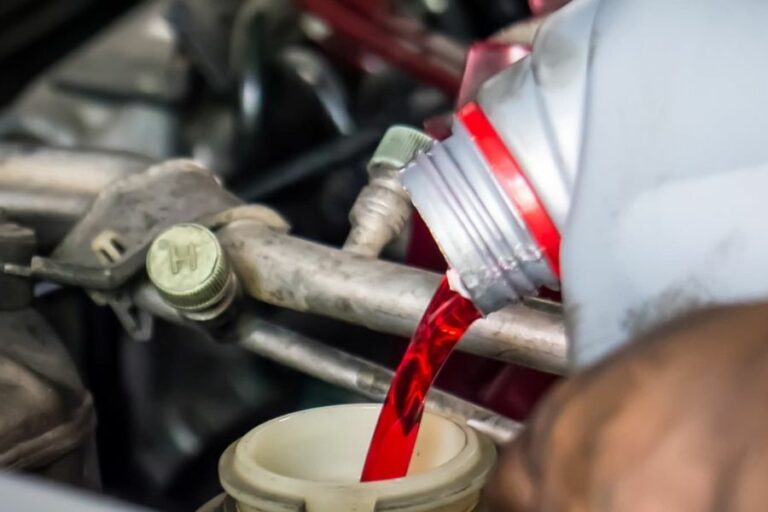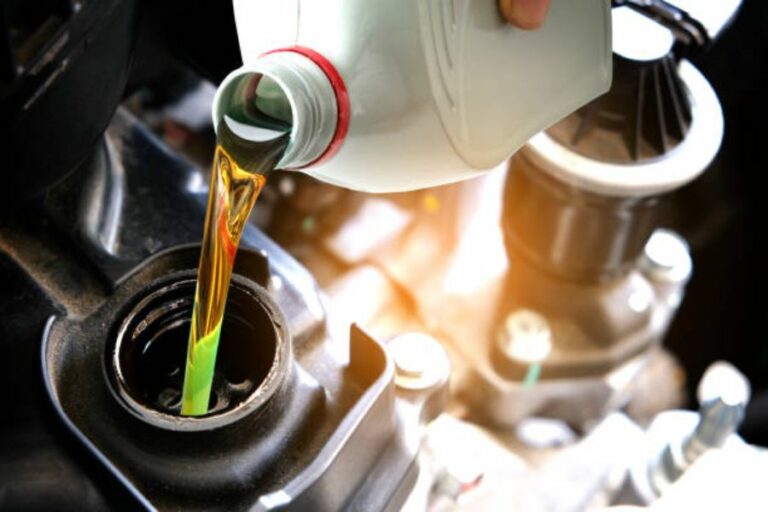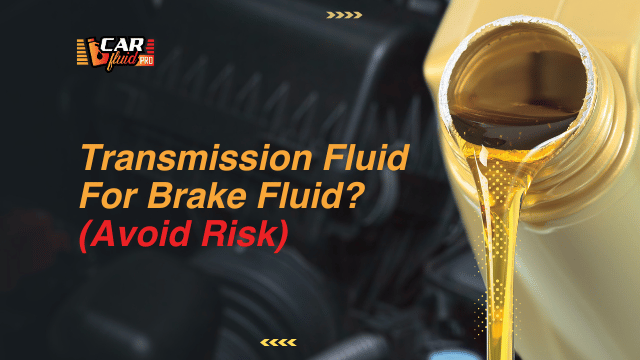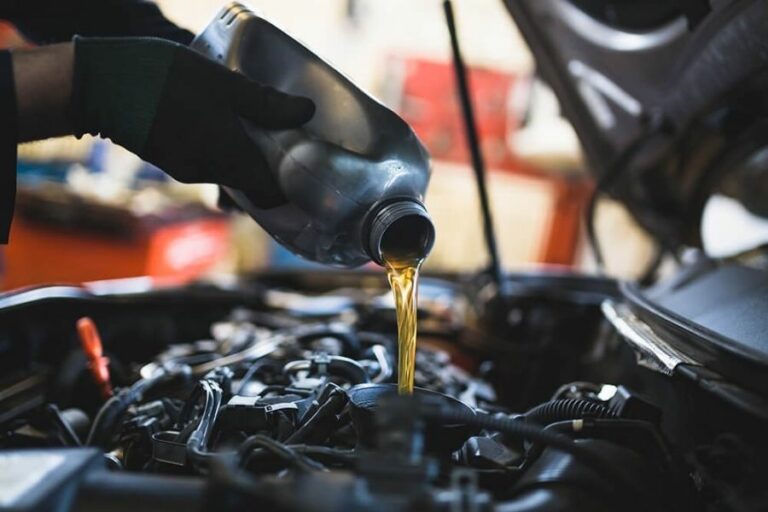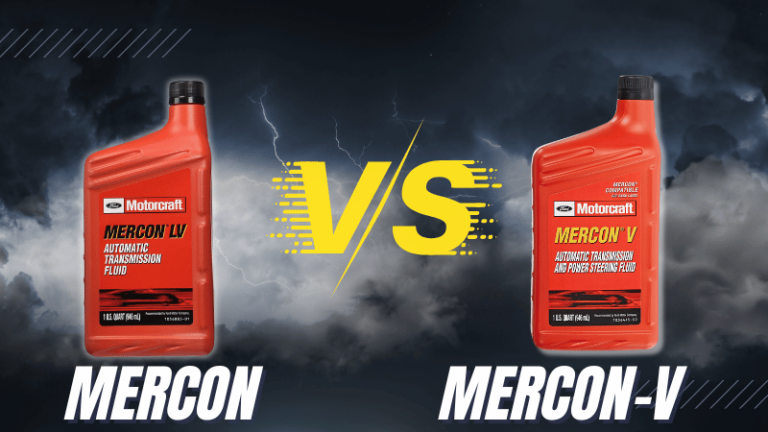What Causes Metal Shavings in Transmission Fluid? (Fixed)
The transmission fluid must be perfectly fine for the vehicle to work smoothly with all the components. However, you might decide to check on your transmission fluid only to find something unexpected.
Metal shavings, grime, flakes, and metal fragments might be mixed up with the transmission fluid in the crankcase.
If these metal shavings are not from regular wear and tear, it can be detrimental to the health of the vehicle parts. It will reduce the transmission fluid efficiency and cause damage to the internal components.
Causes Of Metal Shavings in Transmission Fluid
The causes of accumulating metal shavings in transmission fluid are very limited.
There are only 5 possible reasons for the fluid to gather an unhealthy amount of metal shavings outside of the regular amount. The specific reasons for this problem are-
- Not changing the transmission fluid regularly
- Using a transmission fluid of a bad grade
- Shifting the gears inappropriately
- Accelerating the vehicle too abruptly
- Improper maintenance and care of the transmission fluid
Read Also: Mercon Vs Mercon V: Which Transmission Fluid You Choose?
How To Diagnose and Fix The Metal Shavings in Transmission Fluid Problem?
Since there are only a handful of reasons for the metal shavings to appear in transmission fluid, it is very easy to pinpoint the source of the problem.
Checking the condition of the transmission fluid and analyzing your driving patterns will automatically give you the exact reason.
Let’s take a look at each of the probable reasons, along with their easy solutions.
Check on The Transmission Fluid
The most probable reason for the metal shavings in your transmission fluid is not changing the fluid regularly.
Over time, the components inside the vehicle system face regular wear and tear and slowly chip off.
This produces smooth metal shavings with no sharp edges. These particles themselves aren’t harmful to the transmission fluid.
However, once you stop changing up the transmission fluid, these metal shavings can accumulate in larger numbers. So many metal shavings can slowly damage the internal components.
Due to late or no transmission fluid change, you will face these harmful metal shavings in the transmission fluid.
To ensure healthy transmission fluid, you need to build up a habit of changing your fluid regularly. Only a new and healthy transmission fluid can prevent the metal buildup inside with zero damage to the vehicle.
- It is recommended to change and replace the transmission fluid after every 6000 miles of driving. Similarly, you can also choose to replace the transmission fluid after every three months.
- Check on the transmission fluid regularly by touching the few metal shavings you find at the moment. If they are smooth to the touch without any sharp edges, they should be safe. Otherwise, replace the transmission fluid right away.
Evaluate The Gear Shifting
If the old transmission fluid is not the issue, the next most likely cause will be shifting the gears inappropriately. Being too rough or aggressive while shifting gears can unknowingly cause damage to the transmission fluid.
Rough gear shifts result in excessive friction of the parts. The parts in the gearbox grind against each other too hard and shave off pieces of metal.
These sharp, jagged metal fragments start gathering on the drip pan magnet. That is how the transmission fluid gains unexpected metal shavings due to mishandling the gears.
The only way to prevent this from happening is to drive consciously. While driving, remember that abusive and rough driving will only cause the vehicle harm.
So, follow the guide provided by the manufacturer to learn the correct procedure for switching the gears. Never shift the gears too abruptly or aggressively.
Read Also: What happens if you put transmission fluid in the oil?
Notice The Rate Of Acceleration
The transmission fluid works to lubricate the internal components of the engine constantly. However, if you tend to accelerate too fast or abruptly, the transmission system will wear out faster.
Fast acceleration does not let the transmission fluid reach all of the components on time. As a result, the parts in the system lack proper lubrication.
Without the lubricated components, the metal will grind more and wear out sooner than expected.
Being careful enough while driving should be enough to prevent this issue. Don’t press the accelerator too harshly or quickly. Instead, build your speed by slowly pushing down on the accelerator in a calculated way.
Examine The Grade of The Transmission Fluid
A bad-grade transmission fluid is as bad for the vehicle as a dirty, overused transmission fluid. If the transmission fluid doesn’t fulfill the requirements for proper lubrication, it should not be used.
This bad-grade fluid only makes the components dry and causes unnecessary friction. As a result, the metal shavings in the transmission fluid increase greatly.
Firstly, check what kind of transmission fluid you are using. Find out the credentials and ingredients of the transmission fluid and verify if it is good enough.
Before replacing the transmission fluid, check the manufacturer’s manual for the requirements. Make sure the transmission fluid fulfills the criteria of needed viscosity levels, grade, and API.
Read Also: 3rd Gen 4runner Transmission Fluid
FAQs.
This section will teach you more about metal shavings in transmission fluid. Knowing more about this topic will help you avoid this problem in the future.
How much metal is considered too much in transmission fluid?
If the number of metal shavings gets above 5% of the transmission fluid, it is considered too much. By using chromatography, you can measure this amount. The metal should contain no more than 2% of the transmission fluid.
Are the black metal flakes in the transmission fluid harmful?
Because of friction and wear, you might see some black particles in the transmission fluid. These black metal flakes are not harmful for the internal system of the vehicle. They will automatically disperse once you replace the transmission fluid next time.
What happens if I drive with metal shavings?
The contaminated transmission fluid will cause hydraulic power loss and restrain you from shifting gears in the future. The pieces of metal can lodge into the deepest cracks of the system and gravely damage it. The transmission is bound to fail ultimately like this.
How much is the metal shavings in transmission fluid repair cost?
The main repair for metal shavings in transmission fluid is doing a full transmission flush before replacing the fluid. A transmission flush costs about $150-$250 at a repair shop, including the labor cost. You can do this by yourself for $70 too.


